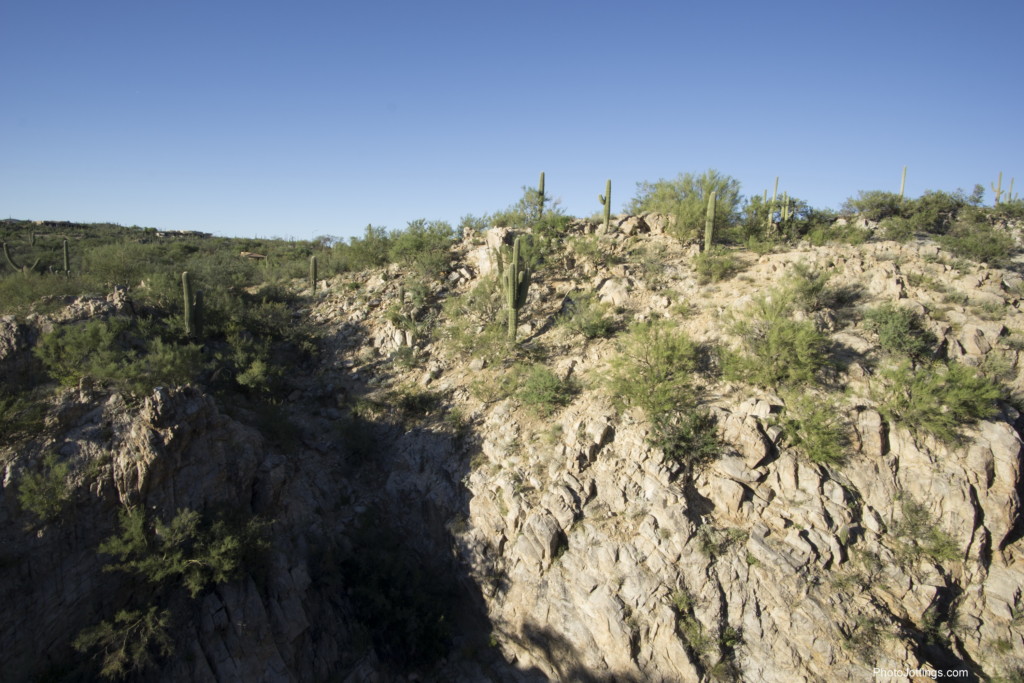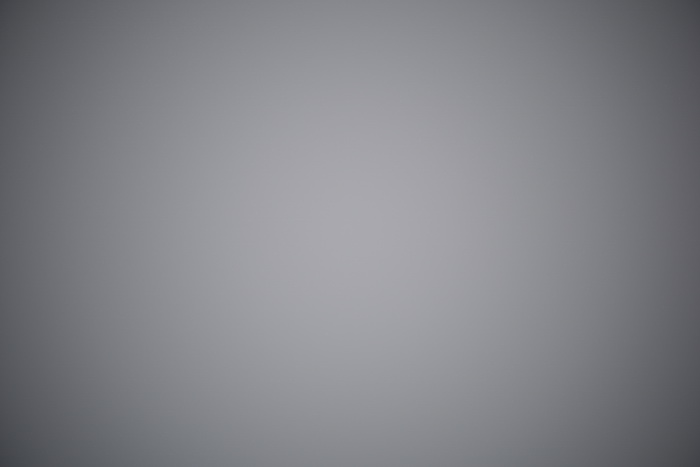The Sony A6000 was used for this review.
The ultra wide angle and relatively inexpensive Rokinon 12mm F/2 NCS CS aspherical lens was introduced in 2014, and is available for most major mirrorless camera mounts, (Samyang, Rokinon) including Sony, Samsung, Fujifilm, Canon and Panasonic/Olympus MFT. Available colors include Black or Silver. It may also be found labeled walimex, Falcon, Opteka, Pro Optic, Vivitar, and Bowers. I’m told Samyang of South Korea is the original manufacturer. The lens says “made in Korea.” This is an APS-C lens, meaning it’s made specifically for that type of sensor, however it can be used on micro 4/3 and full frame sensor cameras with a crop, but the effective focal length will be different.
Found on the outside of the lens is a plastic aperture ring and plastic manual focusing ring, (no focus hold or limiter buttons). Build materials of the body seems to be a mix of metal and plastic. Build quality is generally good, with a good fit and finish. Additionally, the plastic filter ring (takes 67mm) that surrounds the front element is thin, and bends with finger pressure. Make sure you don’t strip the threads when mounting a filter. The lens body has an appealing smooth black paint finish. Rokinon claims the use of two aspherical elements (one hybrid) and three ‘ED’ elements in the design of the lens. I have no idea what the ‘NCS CS’ in the name stands for; nor could I find any info from the Rokinon website. Update, Daniel, from parts unknown tipped me off about the abbreviations and nomenclature: NCS is ‘nano crytsal system’ and CS is ‘crop sensor’ that makes sense.
Make sure you select “enable” for “release W/O lens” on your camera, otherwise, the camera thinks no lens has been mounted, and won’t release the shutter. This is a manual lens only, meaning there is no communication with the camera, you must use manual focus, and choose an aperture. Exposure metering is ok, but you’ll need to check your LCD after each shot and adjust for best results. Also, white balance metering may change as you stop down the aperture. The aperture settings are marked in one stop increments (half stop clicks in between F/2-F/16), there is no stop between F/16-F/22. It is possible to use an in-between aperture, you’ll have to carefully turn the ring and set it between marked stops, although I don’t know why you’d want to do that. The viewfinder is very dark when the aperture is set smaller than F/5.6.
Note; bright daytime use at F/2 will often result in having to use a shutter speed of 1/4000 at ISO 100. Many Sony cameras start at ISO 200, so you’ll need to use a neutral density filter to bring down the light value and get the proper exposure.
EXIF data reads 0mm for focal length, and F/0 for aperture. The live view screen will read F– with no aperture.
In the box is the lens, front and rear caps, plastic petal type hood, a cloth carrying pouch and owner’s manual.
Focusing. Manual focusing only. The focusing ring is damped perfectly in my opinion, and is pretty easy to turn with one finger. Focus ring travel is almost 1/3 of a turn from close-up to infinity, which is a good amount of travel, and should be plenty to get perfect focus.
Product shots.
Specifications
| Official lens name and code | Rokinon 12mm F/2 RK12M-E For Sony E mount. |
| Box contents | Front cap, rear cap, petal type hood, cloth carrying case and user’s manual. |
| Cost | $399 as of 10/14. |
| Build Quality | Good. |
| Additional information | This particular model is made for Sony ‘E’ mount cameras, and won’t work on ‘A’ mount cameras as of this review. |
| Optical configuration | 12 elements in 10 groups. |
| Angle of view | 99° diagonally, when mounted on an APS-C sensor camera. |
| Aperture | 6 slightly curved blades. |
| Coverage for | APS-C sensor, but will work on other sensors as well. |
| Depth of field and focus scales | nothing. |
| Minimum focus, image plane to subject | About 7.9″ (200mm). |
| Minimum focus, end of lens barrel to subject | About 4.4″ (112mm) from front of lens barrel, no hood. |
| Infinity focus hard stop | No. |
| Length changes when focusing | No. |
| Focus ring turn in AF | No AF. |
| Filter size | 67mm. |
| Filter ring rotates | No. |
| Maximum reproduction ratio | probably around 1:11 (0.09x) |
| Minimum F/stop | F/22 |
| Sony Teleconverter compatible | No. |
| Length changes when zooming | N/A |
| Dimensions WxL | 2.85″ x 2.3″ 72mm x 59mm. Widest at filter thread, barrel is 2.3″ (59mm) wide. |
| Maximum extended length | Lens does not extend. |
| Weight | 8.6oz, (244g) bare. |
Optical qualities summary.
| Lens flare/ghosting | overall, average control. |
| Light fall-off | Moderate wide open, almost nothing at small apertures. |
| Color fringing | Decent control of lateral type. I do see a small amount of magenta axial type from wide open to F/4, mostly correctable in Lightroom 5+. |
| Bokeh | somewhat smooth, but don’t plan on getting any background blur with this lens. |
| Color | seems about the same as Sony lenses. |
| Close-up filter | Not tested. |
| Coma | Very low and not really noticeable. |
| Regular filters | cause no noticeable additional light fall-off. |
| Filter size | 67mm. |
| Distortion | Mild barrel type. |
Miscellaneous samples.
The first image is the usual stamp shot from the old site, cropped and displayed at 100% The subject is a standard US stamp, 0.87″x 1.0″ or 22mm x 25mm. It’s very sharp, but the maximum reproduction ratio is small; I think about 1:11. I see some false color on the stamp, but that’s not the fault of the lens. The second and third are bokeh samples. Note; don’t plan on getting much background blur with this lens, it has to be focused on something very close such as the samples here. The next two are flare and ghosting. A cropped distortion sample for you; correct this using +5 in lightroom. Next are two poor samples of milky way type shots taken in Tucson AZ; there is a lot of light pollution here, but they turned out pretty well all things considered. Notice the Andromeda Galaxy at 4:30 in the second pic. Finally, the last two are samples from a previous post.
Click buttons for full size images, only last two are full size.
Vignetting gallery below.
Vignetting or light fall-off is not strong after F/2. Regular filters cause no additional problems. There is very little change in light fall-off patterns between close and infinity focus.
Resolution samples.
Here are the resolution images; they were taken from a cliff looking across the canyon, so everything should be in focus, even at F/2, so the samples here tell a pretty good story about how the lens sharpens up as you stop down the aperture. All were taken in RAW and converted to jpegs, no sharpening or other enhancements have been made, and they have not been cropped. Feel free to download them and flip between the images to see the changes. This entire scene is at infinity, so there are no depth of field issues at wide apertures.

F/2 F/2.8 F/4 5.6 F/8 F/11 F/16 F/22
Click buttons for full size versions, 6000 pixels wide.
I see a very sharp center wide open, with the mid-sections and sides a little soft, but totally useable at F/2!! The best sides are around F/5.6, but the centers soften just a touch from their peak resolution at F/4. The sides remain a little soft at all apertures, however, it is not really noticeable in my opinion unless you look for it. The optical performance of the Rokinon 12mm F/2 lens reminds me of the Sigma 19mm F/2.8 reviewed here.
The Rokinon 12mm F/2 performs very well; especially for the price. If you’re in to low light hand-held shooting and like ultra wide angle views, this would be a great addition to your arsenal. Check out the good but not great milky way shots in the miscellaneous gallery. Pluses include very sharp centers wide open, low distortion, low light fall-off past F/2, small, light-weight, and it handles very well. No real negatives to report; however, I’d like to see at least a cheap electrical contact to the camera to transfer aperture info and lens type etc, but that probably won’t happen in this price point. Overall, a very nice ultra wide angle lens that performed above my expectations for the price.
Compared to the Zeiss Touit 12mm F/2.8: I don’t have this lens for a direct comparison, but based on my foggy memory I’d say the Rokinon would be very similar in optical performance. I’d much prefer the Rokinon as it is a stop faster and much less expensive, although you do give up AF.
The Rokinon (and Samyang) 12mm F/2 is highly recommended for ultra wide shooters in low light. I bought my review copy and plan on using it for more night shots!
That’s it for this review. Please check out the (Samyang, Rokinon) 12mm F/2 lens at B&H Photo and help support the site!







































